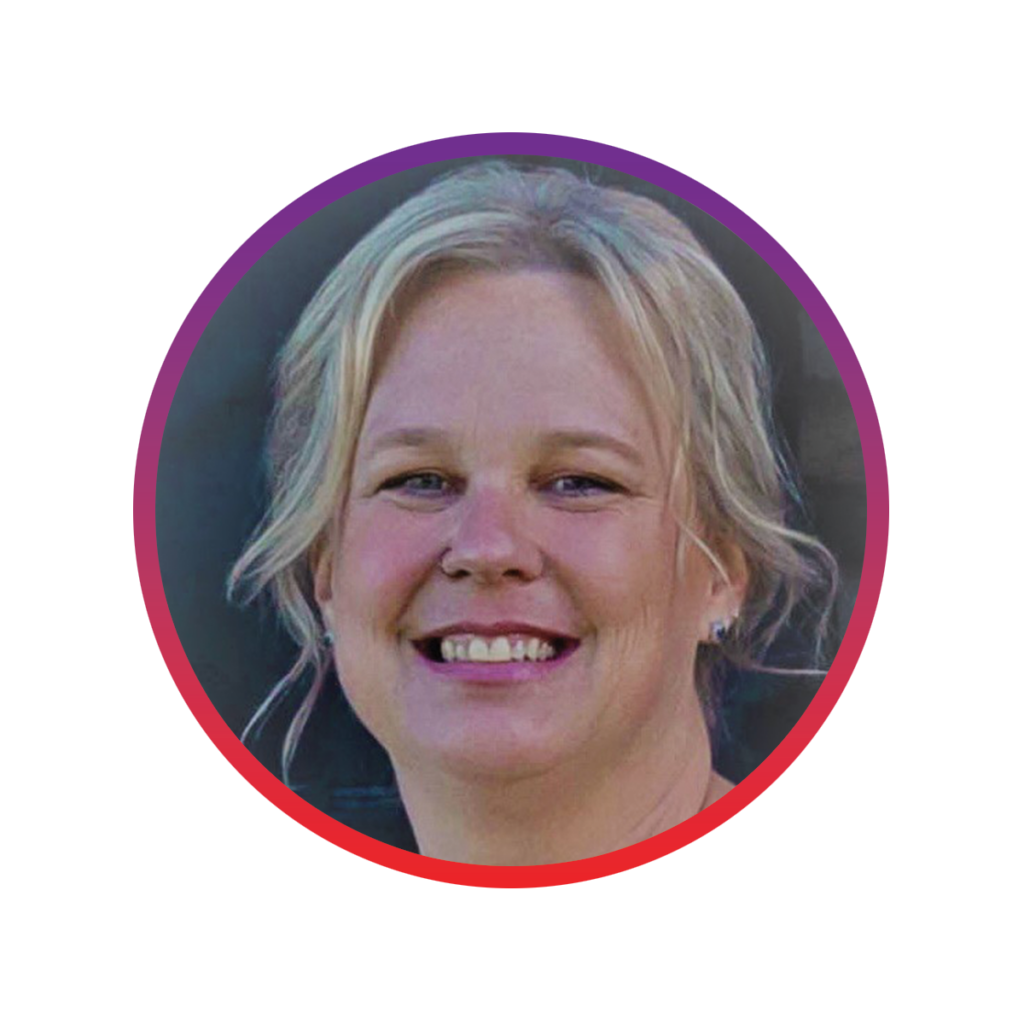Raise your hand if you’ve attended required professional development that didn’t match your role or apply to the learners in your classroom or school. Clap twice if you’ve had to design a workshop or presentation without being entirely sure who will be in the audience or what background knowledge they’d bring to the session. Or maybe you’ve watched teachers or colleagues return from conferences or workshops with a new understanding of evidence-based practices but without the knowledge to apply their new learning with students.
As a leader, these situations can be frustrating, right? Maybe even inefficient, ineffective, or costly. That said, you can ensure the professional learning you provide is impactful by using data to drive it. Consider the following three practices and corresponding scenarios.
Practice 1: Gather and Analyze Data to Plan Professional Learning
“Without data, all we have is an opinion.”
— Edward Deming, American Economist
When planning for data-driven professional learning, it is essential to gather relevant information from multiple sources to ensure alignment with teacher and/or student needs. It’s good practice to look at data sources across contexts or stakeholder roles.
For example, you might review state assessment scores, your own building-level assessments, past professional development feedback forms, district initiatives, and teacher surveys. This data should be analyzed for patterns to identify student and teacher needs, helping you develop the purpose and goals of your professional development. Picture how much more commitment you will have from your session participants when you can start the conversation by showing them that you see their needs.
Scenario: You are new to an instructional leadership position and recognize that third-grade reading comprehension scores have fallen below the state average for three years. Further analysis of instructional coaching records reveals the need for explicit reading comprehension instruction across all grades. You decide to implement a building-wide initiative focused on reading comprehension, supported by targeted professional learning on strategy instruction. You then personalize professional learning opportunities by sending out a needs survey to educators, allowing them to choose sessions based on their self-identified needs or those identified through student data.
Practice 2: Differentiate Professional Learning Offerings
“Although many teachers have made strides in providing innovative, individualized learning, most of them still receive one-size-fits-all professional development.”
— LaKetra Robinson, Middle School Teacher and AVID Coordinator
Differentiating professional learning is challenging but crucial to ensure educators receive relevant information at the right time. The time and money that you invest in providing appropriate pathways for your various instructors will always bring a good rate of return. Similar to classroom instruction, effective professional development should be tailored to meet educators where they are in their professional journey and drive them towards larger programmatic objectives.
Scenario: Imagine two teachers learning to use data from a new assessment. Teacher 1 has 20 years of experience with data-driven instruction but struggles with the technology needed to access and analyze data. Teacher 2 is new and tech-savvy but has little experience using data to plan instruction.
While the overarching goal is the same—using assessment data to inform instruction—the learning experiences should differ. Teacher 1 might need more support with technology integration, while Teacher 2 might benefit from a deeper exploration of instructional planning based on data analysis. This approach respects their different entry points, maximizes their learning potential, and widens the scope of positive impact they can make on student learning outcomes. Furthermore, these custom experiences create a greater sense of belonging for each educator.
Practice 3: Focus on the Use of Assessment Data to Adjust Instruction
“Effective instructional leaders track data, preach data, and live data!”
— Michael Moody and Jason Stricker, Insight Education Group
Using student data to inform instructional changes is fundamental to improving educational outcomes. After professional learning opportunities, it is important for teachers to apply their new knowledge by actively using student data to adjust their teaching strategies.
As a leader, your role is to support teachers in this process by facilitating ongoing data discussions, providing opportunities for collaborative planning, and modeling data use in your own leadership practice. Instructional coaches can further reinforce the use of student data for instructional adjustments through professional learning communities, video coaching, and/or teacher check-ins.
Key Steps for Effective Data-Driven Instructional Adjustments:
- Establish Clear Goals: Help teachers set specific, measurable goals for student learning based on data. This could involve setting targets for reading fluency or math proficiency, for example.
- Host Collaborative Data Meetings: Create regular opportunities for teachers to discuss student progress using data. This could be in the form of professional learning communities (PLCs) where teachers analyze data together and share strategies that are working.
- Modeling and Support: As a leader, model the use of data in your own practice, whether that’s in coaching conversations, staff meetings, or when planning professional learning. Provide support by offering data coaching sessions or bringing in experts to work with teams on data interpretation.
- Monitor and Adjust: Just as teachers are expected to monitor student progress and adjust instruction accordingly, you should monitor the impact of professional learning on teaching practices. Are teachers effectively using data to drive instruction? If not, what additional support or resources do they need?
Scenario: After a professional development session focused on using formative assessment data to differentiate instruction, a fourth-grade team meets to review recent student work. They notice a trend in students struggling with fractions. With guidance from their instructional leader, they adjust their upcoming math unit to include more targeted small-group instruction on this fundamental skill. Ongoing supports, such as data review sessions and peer observations, ensure that these adjustments lead to improved student understanding and achievement.
Purposeful, data-driven professional development is more than just a box to check; it is a strategic approach to enhancing teaching effectiveness and, ultimately, student outcomes. By gathering and analyzing data, differentiating professional learning opportunities, and focusing on data use in the classroom, you can ensure that every professional learning experience is meaningful and impactful.
As a leader, it is your responsibility to create an environment where professional growth directly translates into improved instructional practices and student success. The collateral beauty may also be better retention rates and rich collaboration. When you plan with intention and align your efforts to the needs of your educators and students, you are investing in your teachers and the future of every learner.
| Looking to maximize your impact? Enroll in Course 5238: Practical Strategies for High-Impact Leadership. Discover research-based practices to strengthen teacher collaboration, set meaningful goals, and drive success in your school. |
About the Author

Keely Keller is the Director of Professional Programs for Teaching Channel in Eagan, Minnesota. She holds a Bachelor of Science in Special Education from St. Cloud State University, a Master’s of Arts in Education from Hamline University, and additional Director of Special Education and Principal Licensures from the University of Minnesota. Before joining Teaching Channel, Keely served students with special needs as a teacher and Special Education Coordinator in a suburban Minnesota school district. Keely has years of experience working with new teachers.
Fun Fact: Keely loves to go camping in her travel trailer with family and friends.







